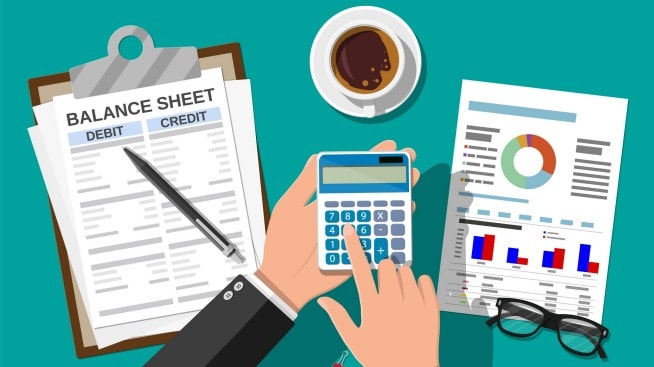How to rebuild your credit history

Quick insights
- There are many methods for rebuilding your credit history, which is your past credit behavior of making payments as well as the age and type of your credit accounts and available credit.
- Many of these are factors you can influence, meaning you can make a difference in your credit history and play an integral role in rebuilding it.
- You can rebuild your credit history with steps that suit your situation.
Let’s review some of the ways you can rebuild your credit history and why it’s important.
Why someone may need to rebuild credit history
Before you consider how to rebuild credit, it can help to figure out why your credit could use some help, as some techniques can be better suited for specific scenarios. So, let’s start with reasons you may want to rebuild your credit history:
Errors on your credit report
If you find errors on your credit report, you may also find that they affect your subsequent credit score.
Late payments
Nobody’s perfect. Accidents happen and a late payment can serve as a perfect example. Unfortunately, this can often show up on your credit report and then impact your credit score.
Collection accounts
Collections accounts are purchased debts. Your creditor may sell unpaid debts to collections once your account lender determines that the account has been habitually late, usually by about six months. If any of your credit accounts go to collections, that information often ends up on your credit report. As an indicator of unpaid bills, collections can also have a negative influence on your credit.
Charge offs
When an account is late, typically by six months or more, the account holder receives a charge-off entry on their credit report from the creditor or lender. This usually means that after failing to receive payment for more than one cycle, the creditor no longer expects the account to be paid. So, several negligent payment cycles can generate a negative mark on your credit history. This can then have a detrimental effect on your credit.
Bankruptcy
When your accounts enter bankruptcy, that may feel like a clean slate, but it’s often seen as a detrimental mark on your credit report and can remain on it for as long as seven years.
Loan defaults
Default occurs when you haven’t followed the agreed upon cadence for making payments on the loan for a significant period, usually six months. This could mean either habitual lateness, payments below the minimum agreed upon amount or lack of payment altogether.
Ways to rebuild credit history
No matter what caused the blemishes to your credit report, you can take steps to improve your credit. In many ways your credit score responds to the actions you take with your credit accounts. That’s because your credit score works a lot like a barometer. It’s a measure of the accumulated credit actions you have taken, as documented in your credit report. Lets explore some examples that might help in your credit rebuild process.
Check your credit score
As a kickoff to the credit rebuild process, you can first check your credit score. With Chase Credit Journey®, which is free for everyone, you can look at your credit score without worrying about harming your credit.
Monitor your credit score
Maybe you are wondering how your actions are affecting your credit over time. That’s where credit score monitoring comes in to help. For instance, Chase Credit Journey® tools can outline actions you’ve taken and how many points difference each made on your score. This process can help you learn about the variety and value of your credit account actions as you build toward better credit.
Pay bills on time
Creating better bill paying habits can lay a foundation for rebuilding your credit. Because your credit report updates based on your activity, your timely payments create new data points that can subsequently help raise your credit score.
Sign up for credit report alerts
Credit report alerts can help keep you on top of your accounts so that it’s easier to follow through with better habits like paying on time. Services like Chase Credit Journey® can help you track your credit report and can send you a notification when anything changes. Once alerted, you have access to check the factors and changes involved as well as how your score was impacted.
Stay the course for seven to 10 years
If you standby long enough, approximately seven to 10 years, your credit report can cycle out some of your previous history and focus on your more recent activity. So, it also helps to establish positive credit usage habits in your account activity. That can contribute to credit restoration as the years pass. This can be a helpful plan of action when you may have defaulted on a loan or filed bankruptcy.
File disputes for credit score errors
This process involves contacting each of the three major credit bureaus: Experian™, Equifax® and TransUnion®. Error correction usually requires detailed information about the error as well as documentation of evidence for your claim. These disputes can be filed online or through old school postal mail.
Rebuild your credit with Chase Credit Journey
You can rebuild your credit no matter where you started. If your credit history doesn’t live up to your standards, Chase Credit Journey has tools such as credit score checks, monitoring and alerts. These resources help you rebuild your credit can continue to serve you as you build and maintain better credit for your future.



